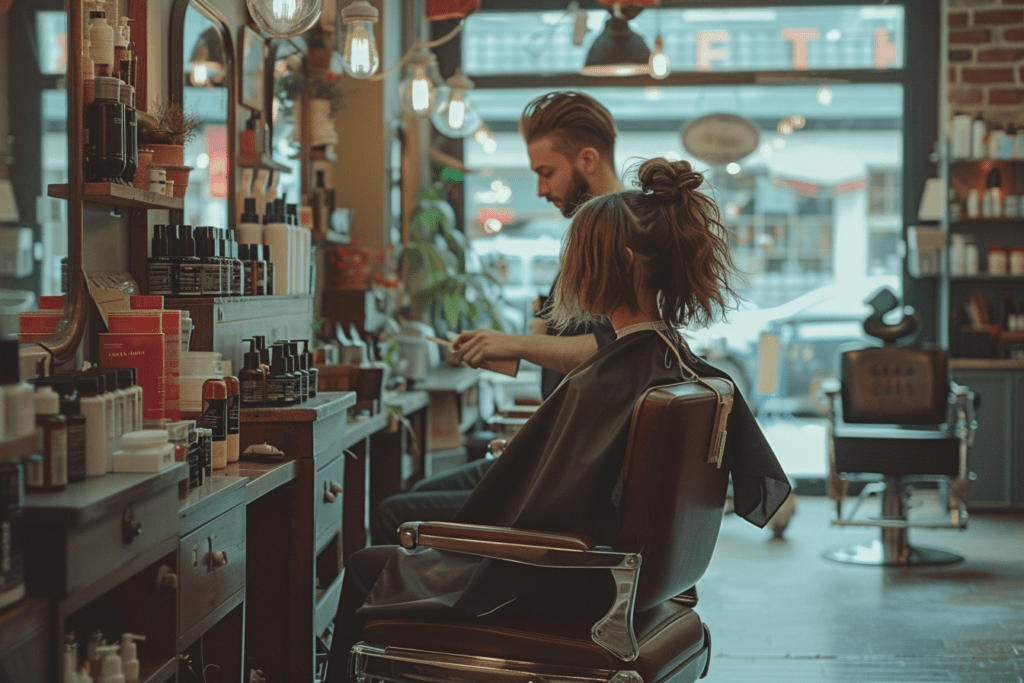Genetics are important but the kind of food you eat, weather conditions, pollution, and your hair care habits can make all the difference.
Specify how well-balanced feeding and proper handling helps to maintain hairs that stay ahead of others.
1. Pump up the protein
Hair is mainly made up of proteins, thus ensuring you take in adequate amounts daily is crucial for healthy and strong hair. I seek to include at least 45 grams of protein in my daily diet.
Here are a few sources of good protein that I have taken:
• Lean Meat: Chicken and Turkey feature heavily in my meal plans.
• Poultry: Poultry together with lean meat contains high protein content.
• Fish: Salmon and other fatty fish contain not only proteins but also beneficial omega-3 fatty acids.
• Beans: Black beans, lentils, and chickpeas serve as excellent plant-based sources of protein.
• Low-Fat Dairy Products: Greek yogurt as well as cottage cheese provides lots of proteins per serving which can be added to any dish.
• Eggs: Very versatile and full of proteins, eggs make breakfasts or snacks easy to prepare or carry along while on the go.

When my diet had insufficient intake of this nutrient, it was evident that my hair became weak and brittle.
This led me to increase it so that I could notice the changes beginning with improving its texture and strength.
2. Zinc about it
Zinc plays an essential role in growth and repair processes in hair tissues.
Hair loss due to zinc deficiency was something I had experienced until I started paying attention to this mineral.
To counter this condition therefore nutrients like nuts rich in zinc were incorporated into my menu strictly:
• Nuts: Currently Brazil nuts, walnuts, pecans cashews almonds are now part of what I snack on every day.
• Vegetables: Having different vegetable types during every mealtime enables me to get zinc and other vital nutrients as well.
• Fruits: Fresh fruits help me in adding important vitamins and minerals into my diet.
• Leafy Green Salads: Nice addition to meals spinach and kale provide me with zinc.
• Clean, Filtered Water: Ensuring that I am hydrated always through plenty of water is the key aspect of maintaining a healthy body including the hair.
Also, considering I take under-par food, it therefore follows that for optimal zinc levels, I just take a multivitamin or zinc supplement.
This is because since making these dietary adjustments, my hair loss has significantly reduced while my health status improved generally.
3. Omega your hair nice
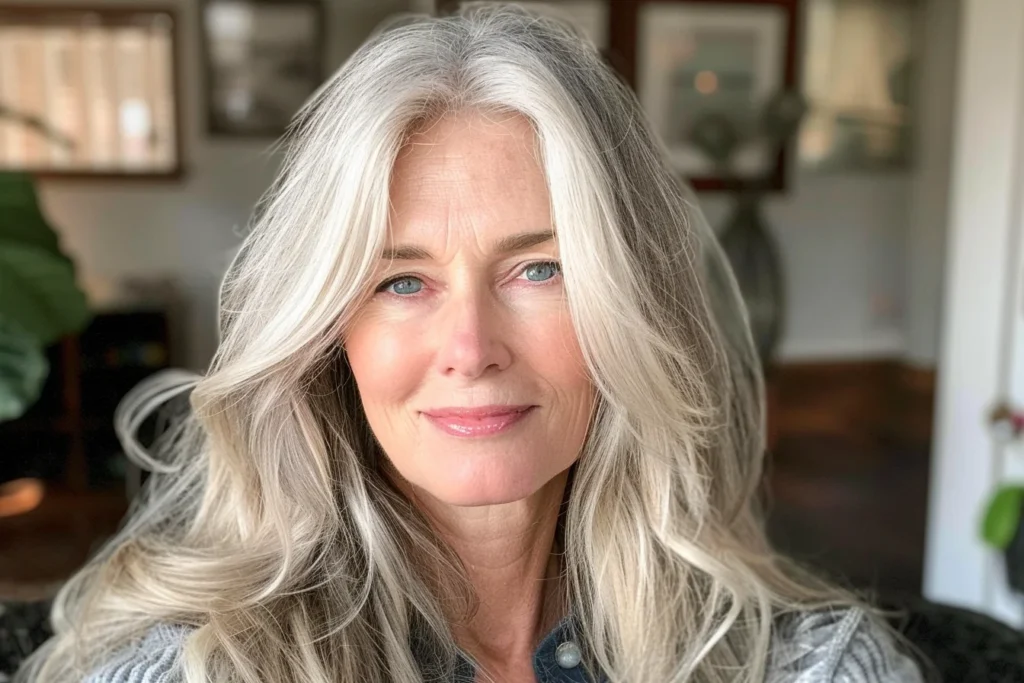
Since incorporating omega-3 fatty acids into my diet, my scalp health has improved greatly.
Through this nutrient’s action on the sebaceous glands and hair follicles, they have been stimulated in order to improve scalp texture on all surrounding parts.
While increasing the growth speed of hair may not be possible with omega-3s, they nevertheless provide a better environment for healthier and stronger hair too.
Here are some sources of good omega-3 fatty acids that I have included in my nutrition:
• Cold-Water Fish: This comprises salmon, sardines, or herring fish among others which I can eat at least twice per week.
• Flax Seeds: These seeds are added as toppings on yogurt, salads, and oats so as to increase intake of omega-3 three acids in ground form.
• Yogurt and Cottage Cheese: On top of being dairy products rich in protein content; they go well with flax seeds which contain high levels of omega-3.
• What could be done is to increase the amount of omega-3-enriched oils or seeds added to salads and cereals so as to incorporate these beneficial fats into my diet.
Since I have been increasing my omega-3s, I found that my scalp feels less dry and my hair looks shinier and healthier.
4. Know your hair
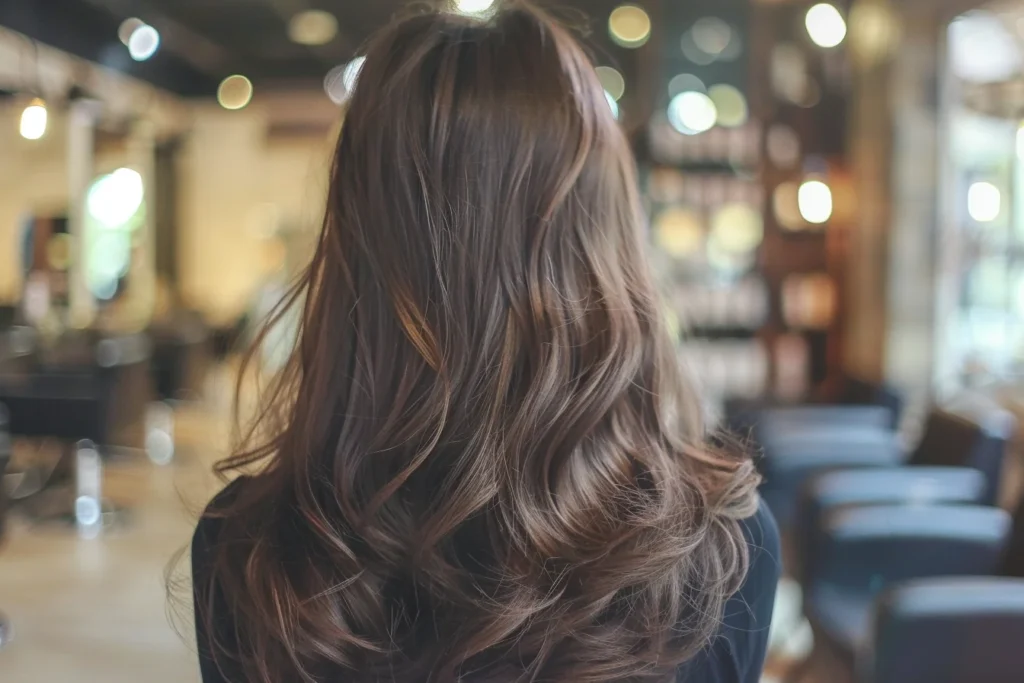
Understanding the type of hair on my head and what it needs has been important in developing a routine for taking care of it.
There is no one-size-fits-all answer to how often you should shampoo your hair; it depends on various factors, including:
• Hair Type and Texture: I have learned that less frequent shampooing helps preserve the natural oils in my dry, curly hair thus avoiding further drying it out.
On the other hand, oily-haired acquaintances usually have to resort to daily shampooing for oil management.
• Use of Hair Products: Whenever I use styling products like sprays, creams, or gels, that’s one time when I find myself washing more frequently so as to avoid build-up.
However, if I don’t use any product at all on my hair and just let it be itself, then I can go longer in between washes.
• Activity Level: Because of my regular exercise regimen, there are instances where I am supposed to wash more regularly than normal so as to eliminate dirt from my scalp together with sweat.
Adjusting how often I shampoo according to needs specific to their kind of hair has enabled me to take great care of them.
For instance, generally, this means using a sulfate-free cleanser that doesn’t harm the skin every 3-4 days or so. In between washes maybe use dry shampoo when necessary or give it a rinse with water only.
5. Choose Your Shampoo Wisely
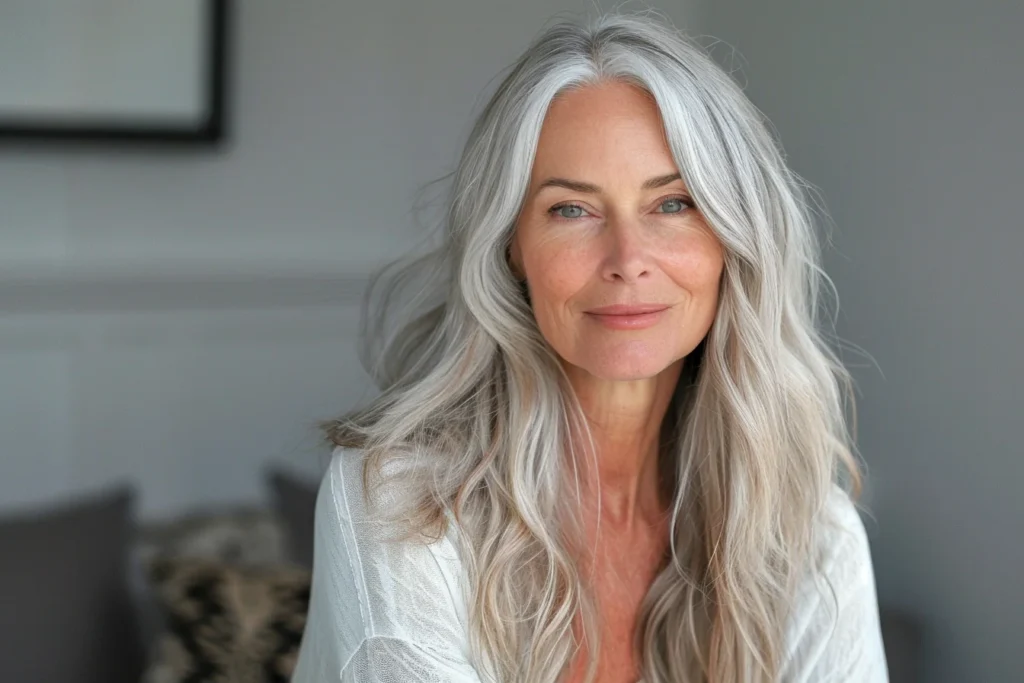
Using certain types of shampoos was all that mattered in terms of changing the way I took care of my hair.
Using suitable products for the needs of my hair, such as being too dry or dandruff has made so much difference in how good it looks and is healthy. Here are some points I considered:
• Hair Type: For example, checking whether my hair was oily, normal, or dry would enable me to choose an appropriate shampoo that suits my hair type.
For instance, I chose moisturizing shampoos that did not strip natural oils from my dry hair.
• Avoiding Harsh Ingredients: In order to prevent damage and drying out of the hair caused by ammonium lauryl sulfate or sodium lauryl sulfate I learned the importance of avoiding shampoos with harsh chemicals.
Instead, I went for gentler formulations that cleaned more effectively but were still mild.
• Quality vs Cost: Never should anyone forget that price does not always reflect quality when it comes to products.
Some of the most amazing shampoos I have ever tried have been quite affordable yet better performing than expensive ones.
6. Be Condition Specific
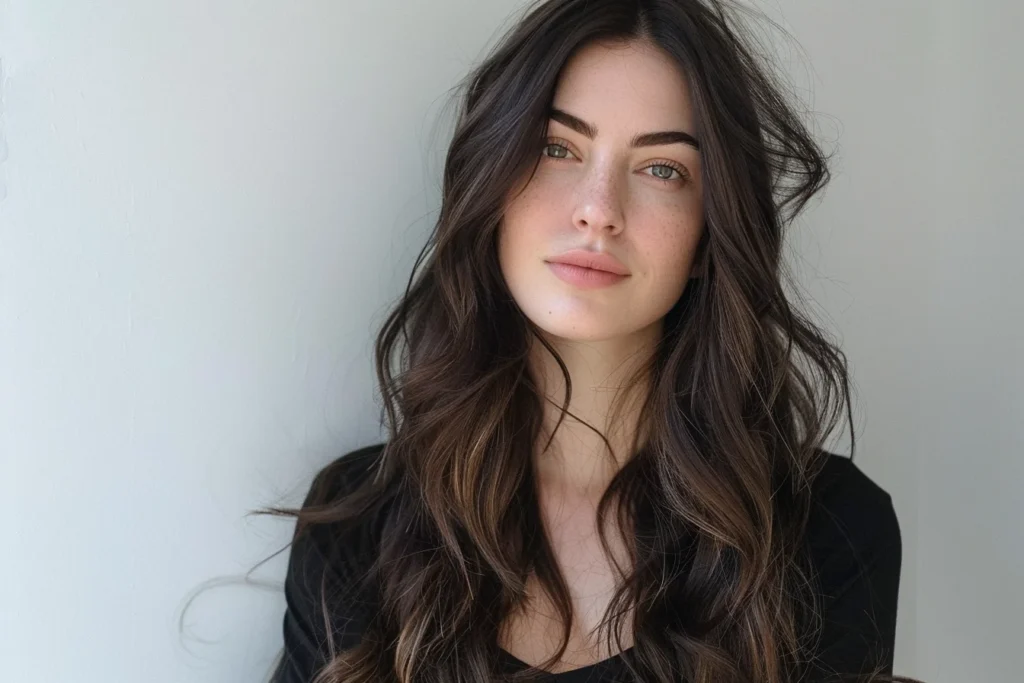
To keep strands soft, shiny, and manageable one must condition their locks after washing them thoroughly with a shampoo which is necessary for your type of scalp.
RELATED: 25 Gorgeous Asymmetric Bangs to Try Now
My conditioning approach was:
• Separate Conditioner vs 2-in-1 Products: A number of friends prefer 2-in-1 shampoo and conditioner because they think it’s more convenient, however, this wasn’t effective for me; instead, separate conditioners worked better as per each type’s need.
• Application Method: As soon as I applied the conditioner through my hair using a comb to ensure even distribution, then left it in for about two to three minutes allowing it time to penetrate and nourish before rinsing.
• Frequency: Much like shampooing not everyone will have to condition every time you wash their hair.
With different routines, I had experimented with myself to finally come across conditioning every other wash which keeps my hair light, not oily, and not too heavy.
7. Brush up and wash up
My hair care routine now includes proper washing and brushing techniques that have proven helpful in reducing damage and keeping my hair healthy.
Some tips I follow include:
• Shampooing Guidelines: I do not wash my hair more than once a day because it removes natural oils leading to dryness.
I only use the amount of shampoo necessary to cover my hair without allowing for excessive build-up that can cause residue.
RELATED: What Leads to Gray Hair in Your 20s?
This is why, as a precaution, I always employ lukewarm water while washing my head as extremely cold or hot water will hurt my scalp and hair.
• Gentle Handling: Wet hair is prone to break so it should be treated gently. Instead of rubbing, I pat my wet locks with a towel lightly. For detangling purposes, I start with the ends using a comb that has wide teeth before moving upwards in order to avoid pulling and breaking strands.
